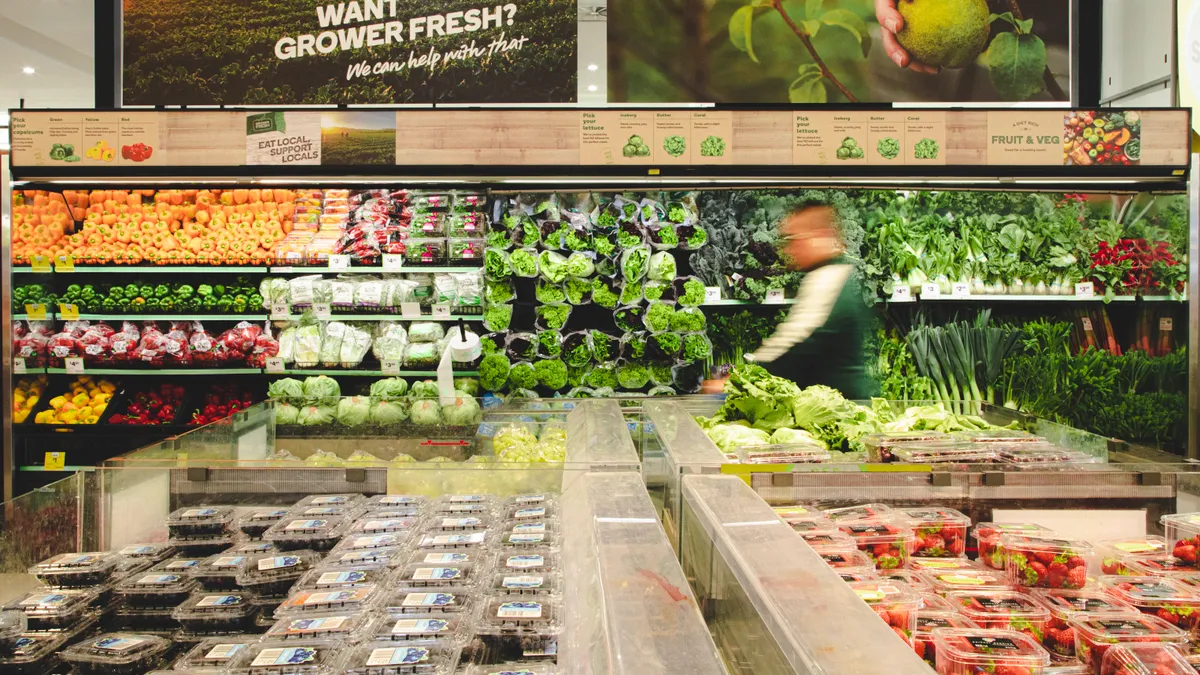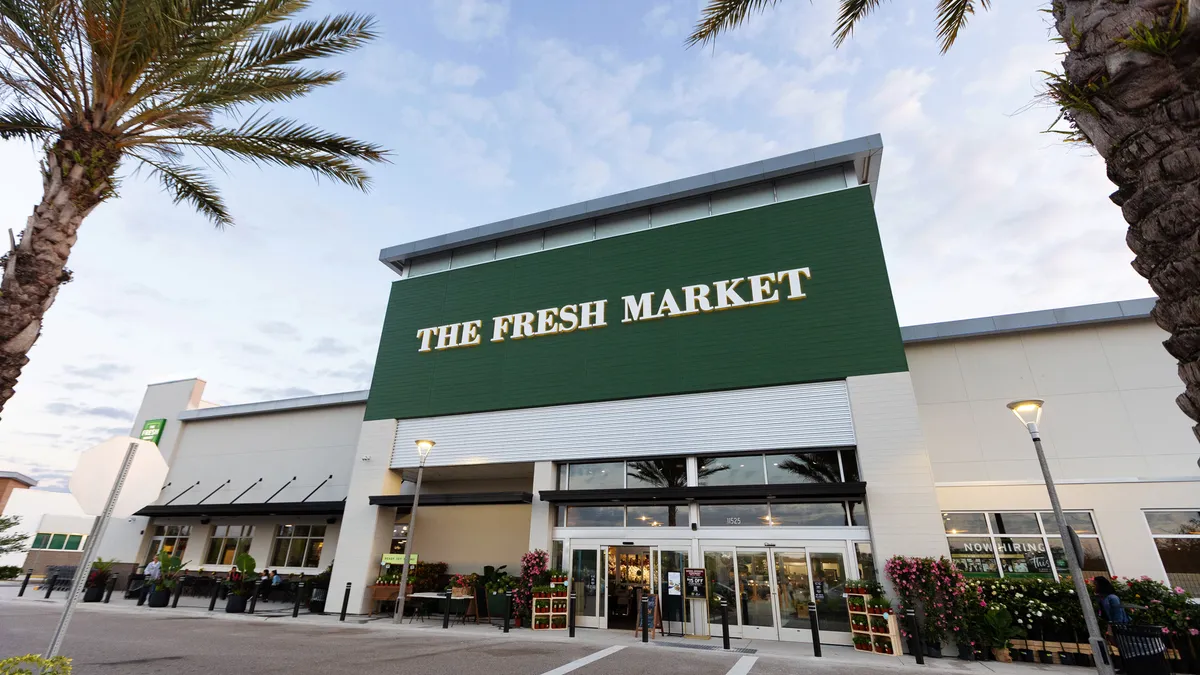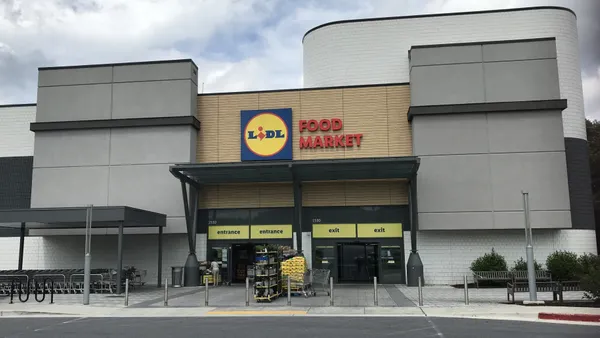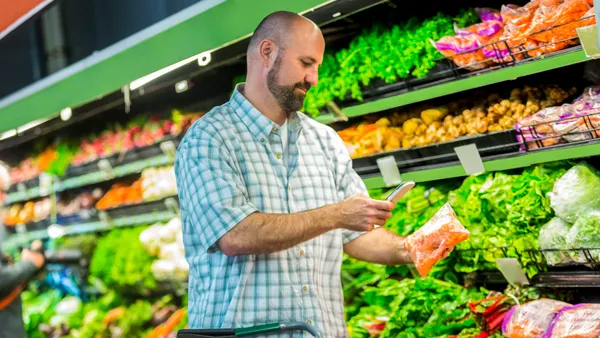Retailers grappled with countless hurdles throughout the pandemic—from supply chain disruptions to new shopping behaviors. With the specter of COVID-19 receding, the question on grocers' minds is how consumer habits will change and what they as retailers need to do to stay ahead.
The good news is that many will opt to return to the grocery store—one survey found that 62% of respondents said they preferred shopping in person, naming produce quality as a top reason.
"Produce is the marquee department in a grocery store and plays a starring role in shopping decisions," says Matt Schwartz, CEO of Afresh, a company designing artificial intelligence (AI) solutions specifically for the unique operational demands of fresh food. "Both in-store and online, a market can really shine with the quality of its produce or can drive away customers if the offerings aren't sufficiently fresh and plentiful."
As consumers continue to prioritize produce consumption for health reasons, they will look to their local store for a range of options. And because many customers wish to select their own produce in person, a standout produce section can help boost sales in other categories. Here’s what produce managers need to know to put their best fruit forward.
Navigating the uncertainty of fresh
Every produce manager knows that having the right amount of product on the shelves is critical—too little and you risk running out and losing sales, but too much leads to waste and lost profits. Yet perishable food is, by nature, perishable, and thus needs constant replenishment.
Ordering decisions can be challenging due to a myriad of dynamics—how much will you sell over a relevant time horizon? How can you balance different degrees of ripeness to meet shopper preferences? Factor in seasonality and shopper demand, then add in other elements like a shipment of moldy berries or a delivery that's late to further complicate matters.
Then even when produce arrives as it should, store behavior takes its toll. Shoppers going through self-checkout might incorrectly scan organic items as conventional, which hits the store's profits and also confuses the inventory tracking system, leading it to believe it has 10 organic avocados when it only has five.
"While COVID-19 took disruption to a new level, produce teams are used to this uncertainty because produce is predictably unpredictable in many different ways," says Schwartz. "You're essentially threading a needle in an environment that's subject to random shocks. Things not going as planned is the status quo in fresh."
Fresh-first technology is essential
Stores that prioritize fresh produce will win share of basket, and in this tech-driven world, being the best means investing in technology. However, most retailers are still relying on ordering systems built for the center store. A carton of strawberries isn't the same as a box of cereal, and these systems can't account for the many nuances of fresh food. Fortunately, Afresh is a new solution designed to meet the unique needs of the produce section and remove the guesswork and uncertainty that plagues fresh ordering.
"Artificial intelligence is able to effectively predict demand and handle inventory uncertainty to optimize for getting the right amount of food on the shelves at the right time," Schwartz explains. Full automation in fresh sounds nice, but the dynamics of fresh food overwhelm systems relying on perfection, so Afresh is designed to leverage the instincts and knowledge of produce teams. "Without the human element, you end up trying to force people to maintain rigid systems that break when things don't go as planned. It's the combination of AI and store teams that really works," he says.
Using tech to minimize waste
Every produce manager despises waste, but it's hard to prevent with traditional methods. For example, one customer—prior to adopting Afresh—would order excess berries each week, and inevitably a percentage would sit in the back room and ripen before they got to the floor. That's a common problem when there's not a precise order backed by data; a store might routinely order 106 cartons of blackberries only to sell 100, when they could have been buying only 102 to sell 100.
"That represents lost profit, which translates to a lost opportunity to invest in winning customers, either by lowering your prices or allocating money toward something that improves their experience," Schwartz says. "When retailers reduce waste more than their competitors, they're gaining profit and a competitive edge."
Food waste has another insidious consequence that can also be avoided through better inventory management. An estimated one-third of all the food produced in the world is wasted, which is an environmental catastrophe when you consider the energy, water, and land involved in growing and distributing food, not to mention the societal issues related to hunger and malnourishment.
"Better inventory management, which is possible through Afresh, represents a three-pronged win-win-win of profits, sustainability and human health," Schwartz says. And while the business perspective would seem to resonate most with retailers, he knows firsthand that they are also focused on their corporate social responsibility, making all three important priorities.
Given the many drivers that create notoriously inaccurate inventory estimates for fresh foods, the right technology can make all the difference—to shoppers, grocers and the environment.
Afresh Technologies develops AI-powered solutions that optimize merchandising, ordering, and operations for all fresh departments. Afresh significantly reduces food waste, improves its partners' profitability, and makes fresher, healthier food more accessible to all. One-third of all food is thrown away each year, and Afresh is addressing the enormous problems of waste and environmental impact while helping grocers boost profitability. Afresh is a rapidly-growing technology company based in San Francisco that was founded in 2017 by Matt Schwartz, Nathan Fenner, and Volodymyr Kuleshov. Learn more at www.afresh.com.










